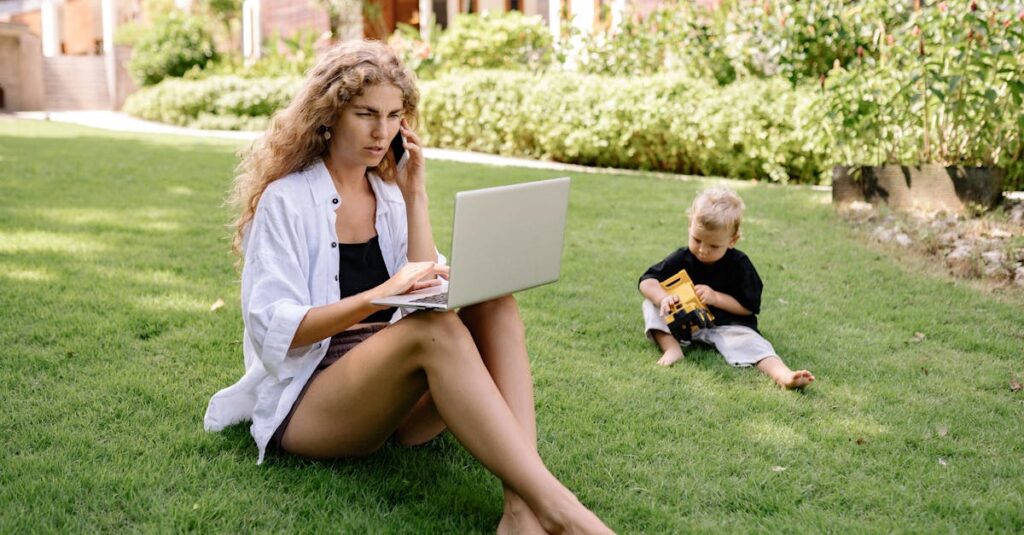Laying the Groundwork: Baby Sign Language Basics
Ever found yourself in a guessing game trying to figure out what your little bundle of joy is trying to tell you? Say goodbye to frustration and hello to baby sign language integrated with sensory play! Dive into the world of tiny hands talking and minds exploring.
Baby sign language isn’t rocket science, but it does require consistent and joyful practice. Picture this: Every day, through simple signs like ‘more’, ‘all done’, ‘eat’, and ‘sleep’, you’re not just communicating; you’re bonding. And when these signs become part of your sensory play routine, you’re setting the stage for some serious fun.
Making a Splash: Sensory Play Meets Sign Language
Sensory play is like the secret sauce that brings baby sign language to life. Imagine your baby squishing some playdough and then signing ‘more’ or splashing water and showing the sign for ‘water’. It’s not only adorable but effective. Integrating sign language with sensory play activities can enhance cognitive development, fine motor skills, and language acquisition. Plus, it turns what could be a routine playtime into a rich learning experience. From textured balls to homemade sensory bins, the opportunities to sprinkle in some signs are endless.
From Frustration to Fun: Easing Communication Barriers
The journey from baby babble to meaningful signs can be filled with hits and misses. But that moment when your baby first signs ‘milk’ because they remember it from a sensory play session with a milky-smelling playdough? Pure magic. It’s about lessening frustrations, yours and theirs, by giving them the tools to express themselves before the words come. It’s not just about reducing tantrums (though that’s a massive bonus) but about building a bridge to your child’s thoughts and feelings.
Capturing the Moments: Sensory Bins and Sign Success
Sensory bins are like little treasure chests for babies and toddlers, filled with objects of various textures, sizes, and shapes. Now, add baby sign language to the mix. Picture your little one picking up a squishy toy and signing ‘soft‘ or discovering a rubber duck and signing ‘duck‘. These moments are snapshots of learning, understanding, and joy. Capturing these moments, perhaps in a photo or a quick video, not only preserves precious memories but also showcases the progress in their communication and sensory exploration journey.
Embrace the beauty of these small but significant interactions and celebrate the magic of early learning!
Encouraging Interactions: Signs, Smiles, and Stories
The beauty of combining sign language with sensory play lies in the stories that unfold. It’s about creating an interactive narrative where every sign, every giggle, and every curious touch tells a part of your baby’s unique story. Encourage these interactions by being an active participant in their play—sign back, create stories around the sensory bin’s contents, and celebrate each new sign learned. It’s a way to not only teach and learn but to connect deeply with your child.
Summary: Using sign language and sensory play can create meaningful interactions with your child, fostering connection and learning in a unique way.

